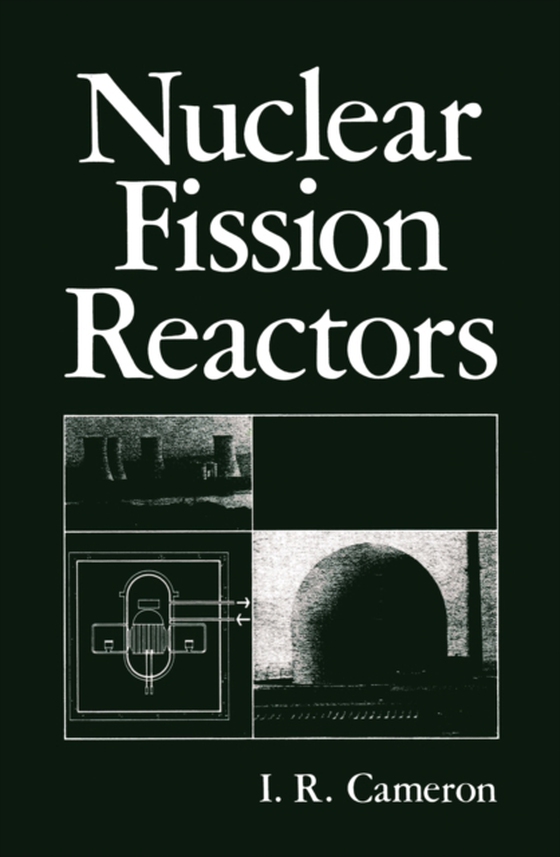
Nuclear Fission Reactors e-bog
1021,49 DKK
(inkl. moms 1276,86 DKK)
This book is intended to provide an introduction to the basic principles of nuclear fission reactors for advanced undergraduate or graduate students of physics and engineering. The presentation is also suitable for physicists or engineers who are entering the nuclear power field without previous experience with nuclear reactors. No background knowledge is required beyond that typically acquired...
E-bog
1021,49 DKK
Forlag
Springer
Udgivet
6 december 2012
Genrer
THK
Sprog
English
Format
pdf
Beskyttelse
LCP
ISBN
9781461335276
This book is intended to provide an introduction to the basic principles of nuclear fission reactors for advanced undergraduate or graduate students of physics and engineering. The presentation is also suitable for physicists or engineers who are entering the nuclear power field without previous experience with nuclear reactors. No background knowledge is required beyond that typically acquired in the first two years of an undergraduate program in physics or engineering. Throughout, the emphasis is on explaining why particular reactor systems have evolved in the way they have, without going into great detail about reactor physics or methods of design analysis, which are already covered in a number of excellent specialist texts. The first two chapters serve as an introduction to the basic physics of the atom and the nucleus and to nuclear fission and the nuclear chain reaction. Chapter 3 deals with the fundamentals of nuclear reactor theory, covering neutron slowing down and the spatial dependence of the neutron flux in the reactor, based on the solution of the diffusion equations. The chapter includes a major section on reactor kinetics and control, including'tempera- ture and void coefficients and xenon poisoning effects in power reactors. Chapter 4 describes various aspects offuel management and fuel cycles, while Chapter 5 considers materials problems for fuel and other constituents of the reactor. The processes of heat generation and removal are covered in Chapter 6.
 Dansk
Dansk

